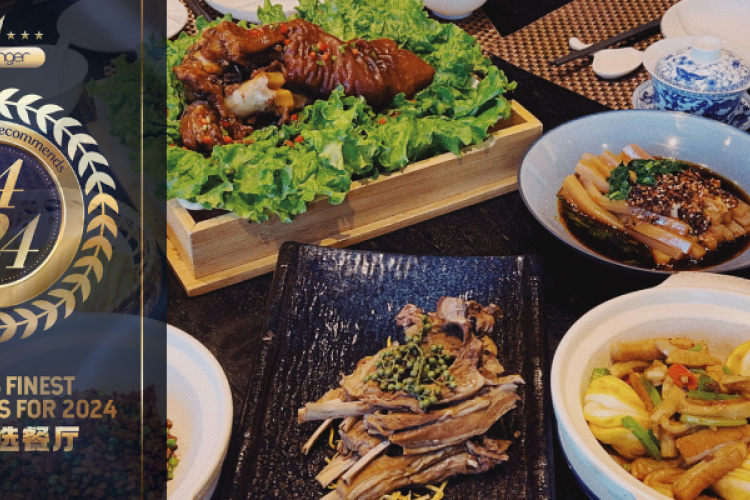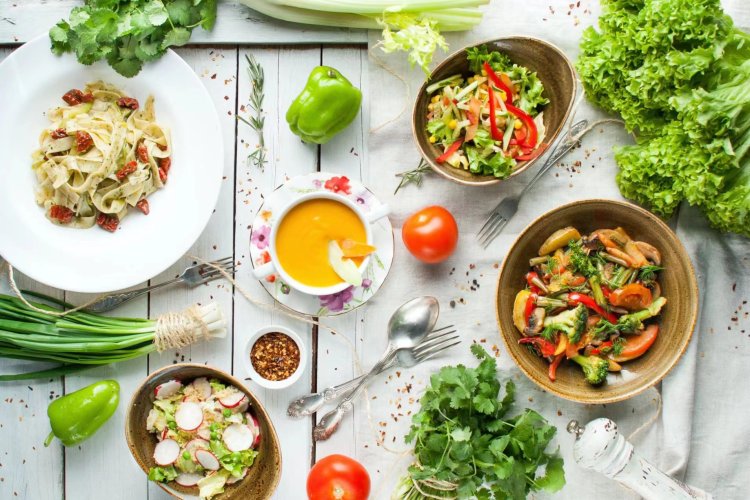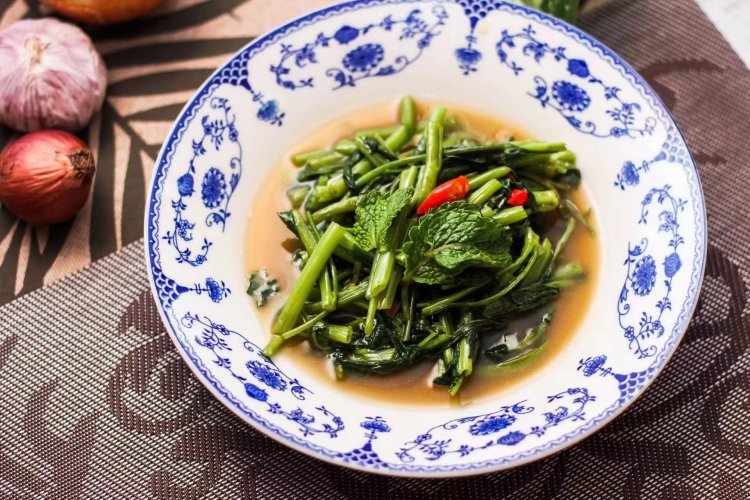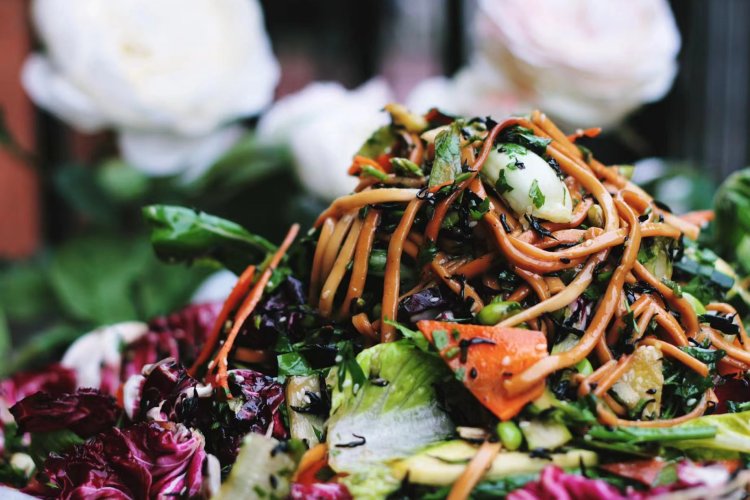Spoiled Rotten - The Capital’s Stinkiest Snacks
The French may have their stinky cheeses, but no one has mastered the funk like the Chinese. In China, anything smelly can be made into a delicacy and while some of these foods started as accidents, others were thoughtfully crafted. If you consider yourself bold or open-minded with your meals, then you are in luck because stinky is the new delicious. Agenda points your nose and taste buds in the right direction.
Stinky Tofu 臭豆腐
You think politics is a sore subject? Try discussing who has the best stinky tofu in town. No one really knows the origin of this dish, but that doesn’t stop many places around the country from trying to claim it. Beijing is littered with stands advertising themselves as the best from Hunan, Shanghai, Shaoxing, Nanjing, Yunnan, the Mao Family, and more. In Beijing and most places in northern China, people eat their stinky tofu with breakfast from a jar (Doufu Lun 豆腐乳). In southern China, on the other hand, it’s rather dry, and its color ranges from pale, light yellow to grey, and almost black. In Hunan, stinky tofu usually comes in thinner pieces and people call it “smelly jerky” (Chou Ganzi 臭干子), while on the streets of Beijing, it is either deep-fried or grilled and served with hot sauce. Stinky tofu 三个贵州人, 1) 朝阳区东三环中路39建 外Soho7号楼; 2) 朝阳区广顺南大街 1号娜丽萨大厦even some upscale ones. Dishes include steamed stinky tofu with meat sauce (Roujiang Zheng Choudoufu 肉酱蒸臭豆腐), stewed stinky tofu with hairtail (Choudoudu Daiyu dishes are available in restaurants, 臭豆腐带鱼, not available in Beijing) and fried stinky tofu with beans (毛豆煎臭豆腐). Moldy tofu stir-fried stinky tofu (Meidoufu Chao Choudoufu 霉豆腐 炒臭豆腐) is the ultimate combination of smelly tofu. Three Guizhou Men. 1) Daily 11am-10pm. Bldg 7, Jianwai Soho, 39 Dongsanhuan Zhonglu, Chaoyang District. (5869 0598); 2) Daily 10am-11pm. 2/F, Nalisa Building, 1 Guangshun Nandajie, Chaoyang District. (6470 7288); 3) Daily 24hrs. Inside the West Gate of Workers’ Stadium (above Coco Banana), Chaoyang District. (6551 8517) 2层; 3)朝阳区工体西门内
Stinky Perch 臭鳜鱼
When it comes to fish, most people would argue fresh is best, but the people of Anhui beg to differ. 200 years ago, when transportation and refrigeration were sub par, fish sellers often had to deal with seafood on the edge. At the story goes, a genius businessmen cooked them and made them into a smelly but delicious dish, called stinky perch (Chou Guiyu 臭鳜鱼). Even today, with proper refrigeration methods in place, this stinky tradi¬tion lives on. The ‘proper’ way to do prepare this dish is to put a salted fish, either whole or in pieces, into a wooden bucket for four to seven days, depending on the temperature. Once fermented, the fish is deep-fried or simmered with seasonings. People who enjoy it do so because of the uniquely firm but tender texture, and, believe it or not, its fresh taste. RMB 98/148 (small/large). Huatinghu. Daily 11.30am-10pm. 16 Tianningsi Xili, Xuanwu District. (6331 5151) 花亭湖, 宣武区天宁寺西里16号
Bean Juice 豆汁
One of the most famous, or perhaps notorious, old-time Beijing snacks is called bean juice (Douzhi 豆汁), and its flavor has been described as sour, salty, and gross. Even those brave of heart may be tempted to spit out the first sip of this misunderstood delicacy, but those who can keep it down find the drink downright addictive. If that’s not enough of a reason to keep sipping, it is also extremely rich in protein, vitamin C and fiber. Douzhi is made with the fermented dregs of the beans used to make noodles, and a good bowl of it should be a dull shade of grey and green, and carry a crown of froth. It is usually eaten with a hard and crunchy fried ring of dough (Jiao¬quan 焦圈) and pickled vegetables (Paocai 泡菜). If you’re curious but afraid of making a fool of yourself spitting, you can purchase a large bag at the Baoji Douzhi Shop (宝记豆汁店) on Niujie Street for RMB 3 and sip in the privacy of your own home. RMB 1.5. Laociqikou Douzhi Shop. Daily 5.30am-8pm. Opposite of Temple of Heaven’s north gate, Chongwen District. (6703 5725) 老磁器口豆汁儿店, 崇文区天坛北门对面
Durian Desserts 榴莲甜品
Durian might be the national fruit of Thailand, but Hong Kong is the place that puts it to great use with delightfully pungent dishes ranging from durian candy in grocery stores, durian and chicken stew (Liulian Dun Ji 榴莲炖鸡) in restaurants, and crispy durian cake (Liulian Su 榴莲酥) in Dim Sum restaurants. Thanks to Honeymoon Desserts a few durian delicacies have been brought to Beijing over the past two years. Durian Pancakes (Liulian Banji 榴莲班戟) is a typical Cantonese pancake with durian and fresh cream stuffing inside a very thin and tender skin. In this dessert, the original taste of durian is very well preserved in the cream, but isn’t too strong. Neverland Durian (Liulian Wangfan 榴莲忘返) is a chunk of durian in a creamy soup dessert and takes its name from a Chinese idiom that means getting lost in a pleasant experience. They also have durian pudding (Liulian Budian 榴莲布甸) which is a western style dessert with a touch of durian. RMB 15/32/19. Honeymoon Dessert. Daily 10am-10pm. 1) B120, B1/F, China Central Shopping Mall, 81 Jian’guo Lu, Chaoyang District. (5969 5436); 2) B1-13B, B1/F, Raffles Shopping Center, 1 Dongzhimen Nandajie, Dongcheng District. (8409 4228) 满记甜品, 1)朝阳区建国路81号华贸购物中心B1楼B120单元; 2) 东城区东直门南大街1号来福士购物中心B1楼B1-13B商铺
Thousand Year Old Egg 松花蛋/皮蛋
The name of this dish is a bit misleading since these eggs are really only a few weeks old and are made by preserving the egg in a mixture of clay, ash, salt, lime, and other ingredients. During this process, the yolk becomes dark green, creamy and fragrant, while the white part be¬comes a dark brown jelly. The science behind these eggs is very interesting. Because of the clay and ash, the pH of the egg rises, and in this highly alkaline environment the proteins decompose, the lipids become more easily digested and absorbed, and the egg’s cholesterol is lowered. That being said, thousand year old eggs are not a health food. Some of them are cured with zinc oxide, which presents the risk of developing a copper deficiency, and some of them have even shown traces of lead. Nonethe¬less, they are delicious. If you find a good source they will keep for a few months if refrigerated, but should be eaten immediately once their shell is cracked. They can be eaten alone or with pepper, vinegar, ginger or a mixture of all three. Eating them with tofu is popular in many regions (Pidan Doufu 皮蛋豆腐). There’s also a famous porridge cooked with rice, called thousand year old egg and lean meat stew (Pidan Shourou Zhou 皮蛋瘦肉粥), which is a combination of these eggs and lean pork. You can try thousand year old egg with ginger at Xiaowangfu for RMB 18. Xiaowangfu. Daily 11am-2.30pm, 5-10pm. Bldg 2, Guanghua Donglu, Chaoyang District. (6594 3602) 小王府, 朝阳区光华东路2号楼
Pig Intestines 肥肠
The phrase “waste not, want not” surely came out of the Chinese kitchen, where every part of the animal is used. Pig intestines in particular are a delicacy enjoyed throughout the nation, and Chinese people are fascinated by its special smell and chewy texture. In the northeast of China, it’s very common to eat a stew of steamed intestines with pig blood injected into them (Xuechang 血肠), especially in the winter. In Shandong province, one of the most popular dishes is a sweet and sour flavored intestine dish (Jiuzhuang Huichang 九转回肠) made by cutting intestines into small rings, frying them, and serving them with a sauce made of sugar and vinegar. Here in the capital, intestines are stewed with other internal organs and bread (Luzhu 卤煮). In southern China, intestines are eaten with noodles, soft bean curd (Douhua 都花, similar in texture to pudding) if not fried alone. In Hunan province, intestine hot pot is the most popular intestine dish. It’s similar to regular hot pot, but with a broth made from intestine. RMB 48/58 (small/big). Xiangchangxiang Hotpot. Daily 11am-10pm. Bldg 10, Tuanjiehu Dongli, Yaojiayuan Lu, Chaoyang District. (8596 6628) 湘肠香火锅店, 朝阳区姚家园路团结湖东里10号楼
Related stories :
Comments
New comments are displayed first.Comments
![]() ned
Submitted by Guest on Sat, 01/08/2011 - 16:52 Permalink
ned
Submitted by Guest on Sat, 01/08/2011 - 16:52 Permalink
Re: Spoiled Rotten - The Capital’s Stinkiest Snacks
Stinky tofu or chòu dòufu is a form of fermented tofu that has a strong odor.Stinky tofu is made and consumed in different ways in various areas of China. For example, the types of dried stinky tofu made in Changsha and Shaoxing are both very popular, but they are made with different methods, and the resulting flavors are very different.
Validate your mobile phone number to post comments.






